Take a Closer Look: Super-Lens Technology for Your Smartphone
Why This Project Is Important
Developing a super-lens could lead to high-resolution, low-cost imaging tools becoming as commonplace as smartphones and tablet computers. Medical testing, experimental research, and many other scientific areas could become more accessible to the general public if this type of technology becomes a reality.
Project Description
Despite remarkable progress within the scientific community, metamaterials are still in development—especially the super-lens. As the most fascinating, and promising, application of metamaterials, the super-lens is driving current research within the field. In order to make this technology possible, we must continue our research on metamaterials that have a negative refractive index, which cause light to refract, or bend, differently than in naturally occurring materials. We have already demonstrated in our research that the operating frequency of negative index metamaterials can cover the entire visible light spectrum and possibly be stretched to ultraviolet wavelengths using silver thin films. Our previous work not only brings extremely high-resolution, low-cost imaging and lithography closer to reality, but it may also enable the development of applications ranging from solar cells to lasers to broadband and high-density integrated optics. In our first step ahead, with your additional funding, we will demonstrate the fabrication of a negative index metamaterial at operating frequencies close to ultraviolet. Then, we will continue to work on the manufacturing of the first super-lens for smartphones.
Meet the Researcher
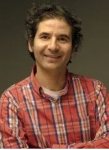
Durdu Guney
Durdu Guney is an associate professor in the Department of Electrical and Computer Engineering at Michigan Tech. Prior to Michigan Tech he was a postdoctoral fellow in the US Department of Energy’s Ames Laboratory and Iowa State University. He received his PhD in Electrical Engineering (Applied Physics) from the University of California, San Diego in 2007. Prof. Guney is a recipient of 2012 Ralph E. Powe Junior Faculty Enhancement Award given by the Oak Ridge Associated Universities. Current research activities of Prof. Guney include photonic quantum computing, quantum manipulation of light with metamaterials and metasurfaces, magneto-optical metamaterials, and novel noise mitigation techniques for optical imaging. He is on the editorial boards of Opto-Electronic Advances, Journal of Quantum Information Science, Nanomaterials and Nanotechnology, Applied Sciences, and Photonics.
days left
funded
last
What Your Donation Can Help Us Do:
- Fund fabrication costs of a super-lens
$1+ 5 Funders
Receipt acknowledging tax deductible status of your donation.
$25+ 4 Funders
All of the above, plus regular email updates on the progress of the project.
$50+ 4 Funders
All of the above, plus an electron micrograph of the fabricated samples.
$100+ 1 Funder
All of the above, plus T-shirt.
$250+ 0 Funders
All of the above, plus acknowledgement in project publications and signed copies of all journal articles.
$500+ 0 Funders
All of the above, plus an interview with the team by phone, Skype, or in person at the University (travel not included).
$1,000+ 0 Funders
All of the above, plus a fabricated sample (not a prototype and limited by three highest amount donations).
Recent Donors
Some donors may be hidden.
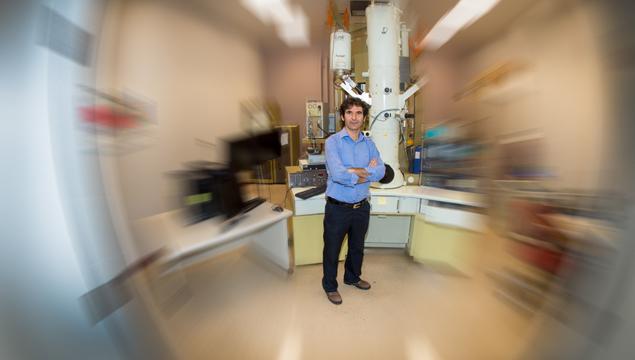
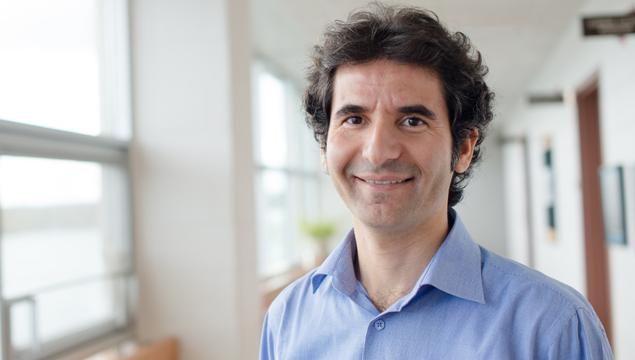
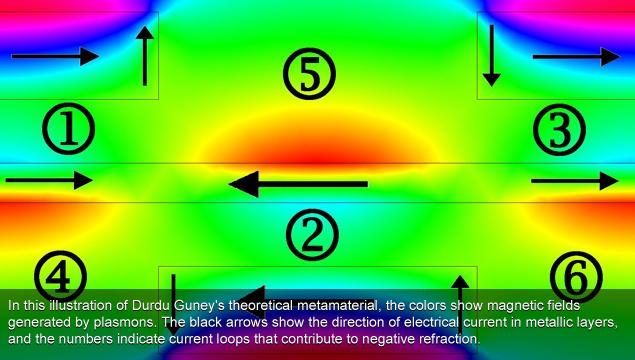
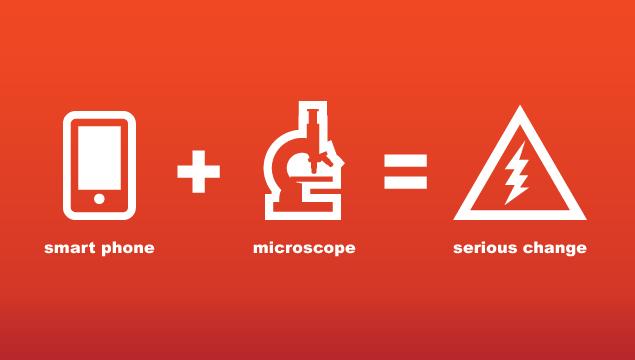

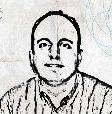
 Gifts to projects listed on SUPERIORIDEAS.ORG are received and processed by Michigan Tech Fund. Michigan Tech Fund is a tax-exempt organization under Section 501(c)(3) of the Internal Revenue Code acting on behalf of Michigan Technological University. It is the policy of Michigan Tech Fund that a portion of the gifts and/or income therefrom may be used to defray the costs of raising and administering the funds.
Gifts to projects listed on SUPERIORIDEAS.ORG are received and processed by Michigan Tech Fund. Michigan Tech Fund is a tax-exempt organization under Section 501(c)(3) of the Internal Revenue Code acting on behalf of Michigan Technological University. It is the policy of Michigan Tech Fund that a portion of the gifts and/or income therefrom may be used to defray the costs of raising and administering the funds.